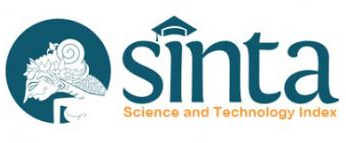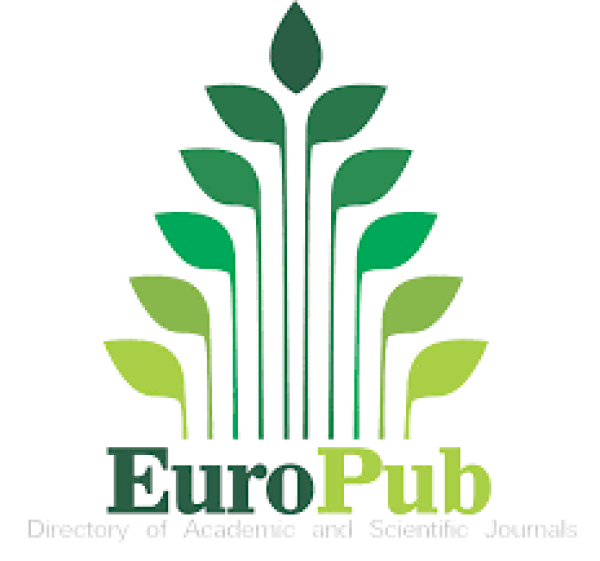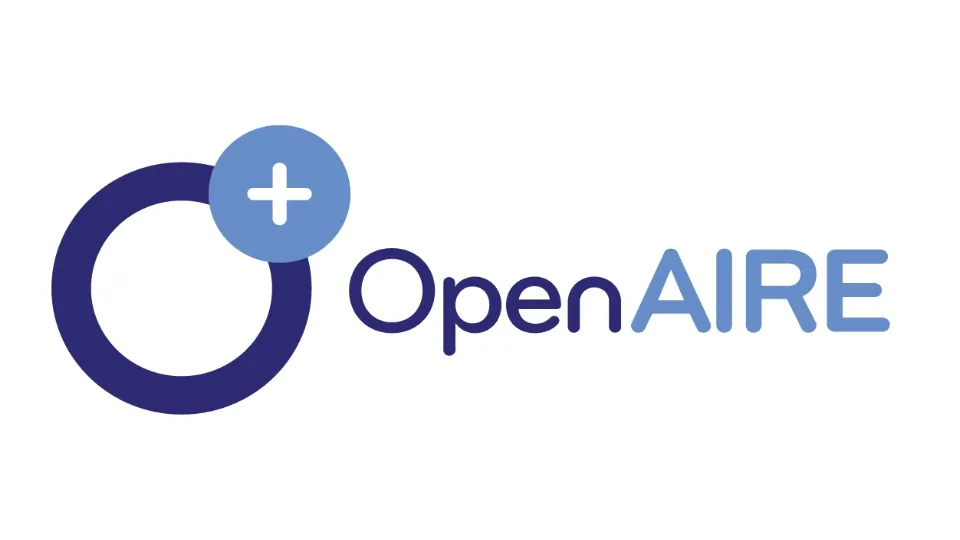Standard Operating Procedure (SOP) Upaya Peningkatan Mutu Layanan Perpustakaan Sekolah Tinggi Agama Islam Negeri (STAIN) Ponorogo
DOI:
https://doi.org/10.21154/pustakaloka.v2i1.853Keywords:
Library, University, Excellents services, Standard Operating ProcedureAbstract
To achieve good governance, library need an integrated quality control of allits elements. Consequently, the quality manual device for library activities is needed. Quality manual is a coordinated activities to direct, control and organize so that the quality or performance of library standard can be achieved. Quality manual is basically a concise statement of policies, objectives, and key processes. Library standard Operating Procedure (SOP) is part of quality standards developed by the library. in general, preparation of SOP includes four steps, i.e. needs analysis, SOP, SOP development, SOP implementation, monitoring and evaluation. Therefore, it can procedure SOP concistenly appropriate to the needs to support the completeness of the integrated quality management in the libraries.Downloads
Published
Issue
Section
License
Requirements to be met by the author as follows:
- Author storing copyright and grant the journal right of first publication manuscripts simultaneously with licensed under the Creative Commons Attribution License that allows others to share the work with a statement of the work's authorship and initial publication in this journal.
Authors can enter into the preparation of additional contractual separately for non-exclusive distribution of a rich version of the journal issue (eg: post it to an institutional repository or publish it in a book), with the recognition of initial publication in this journal.
Authors are allowed and encouraged to post their work online (eg, in institutional repositories or on their website) prior to and during the submission process, because it can lead to productive exchanges, as well as citations earlier and more severe than published works. (see The Effect of Open Access).















